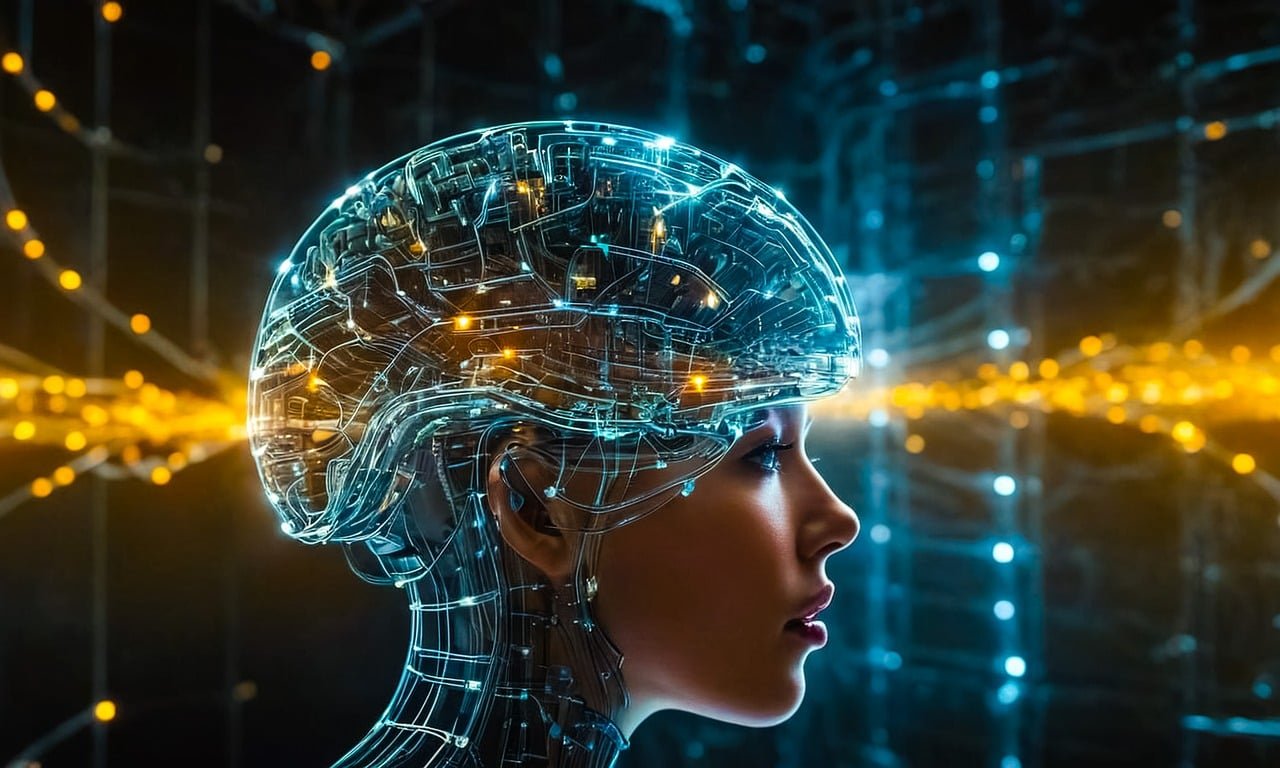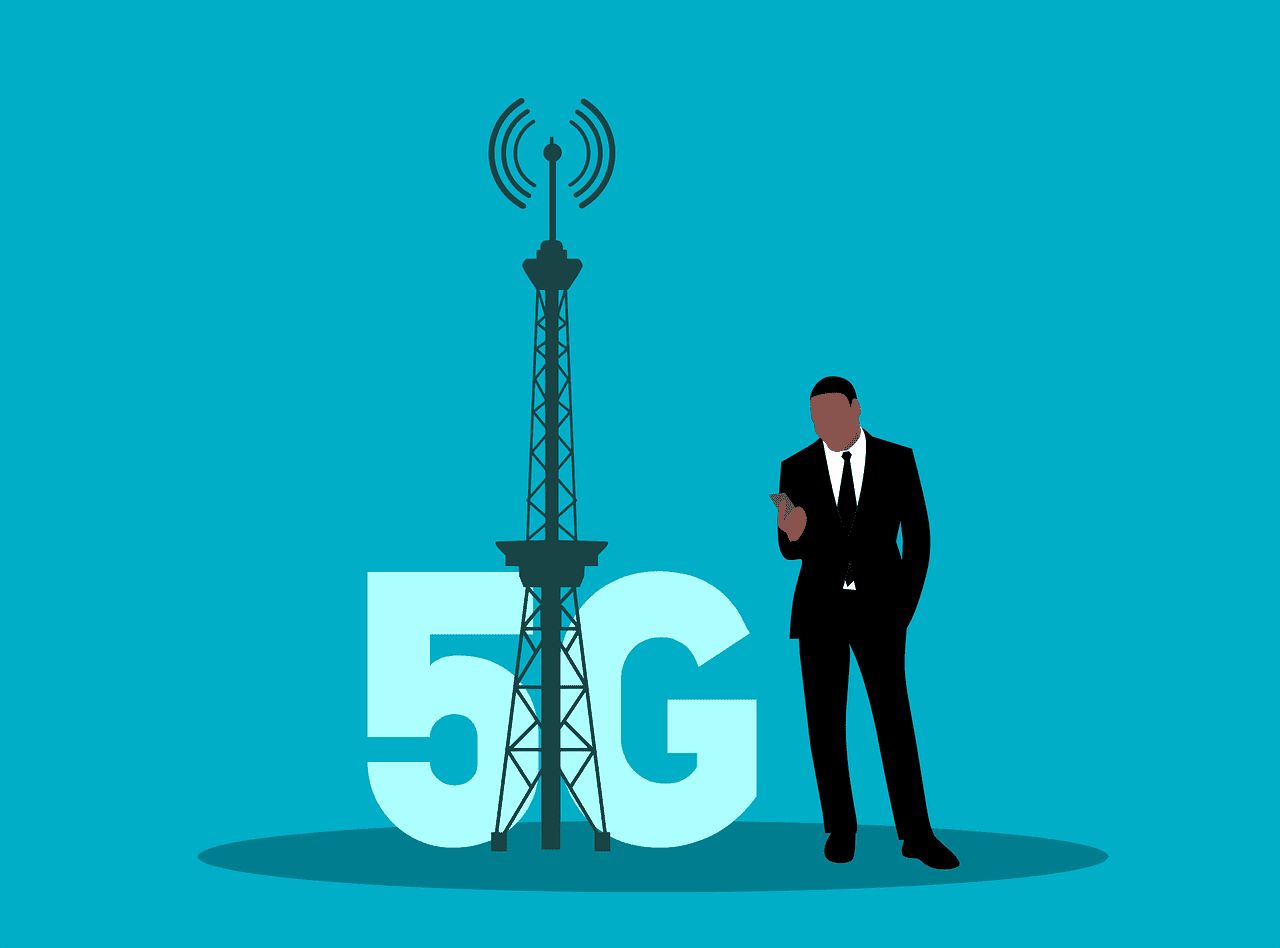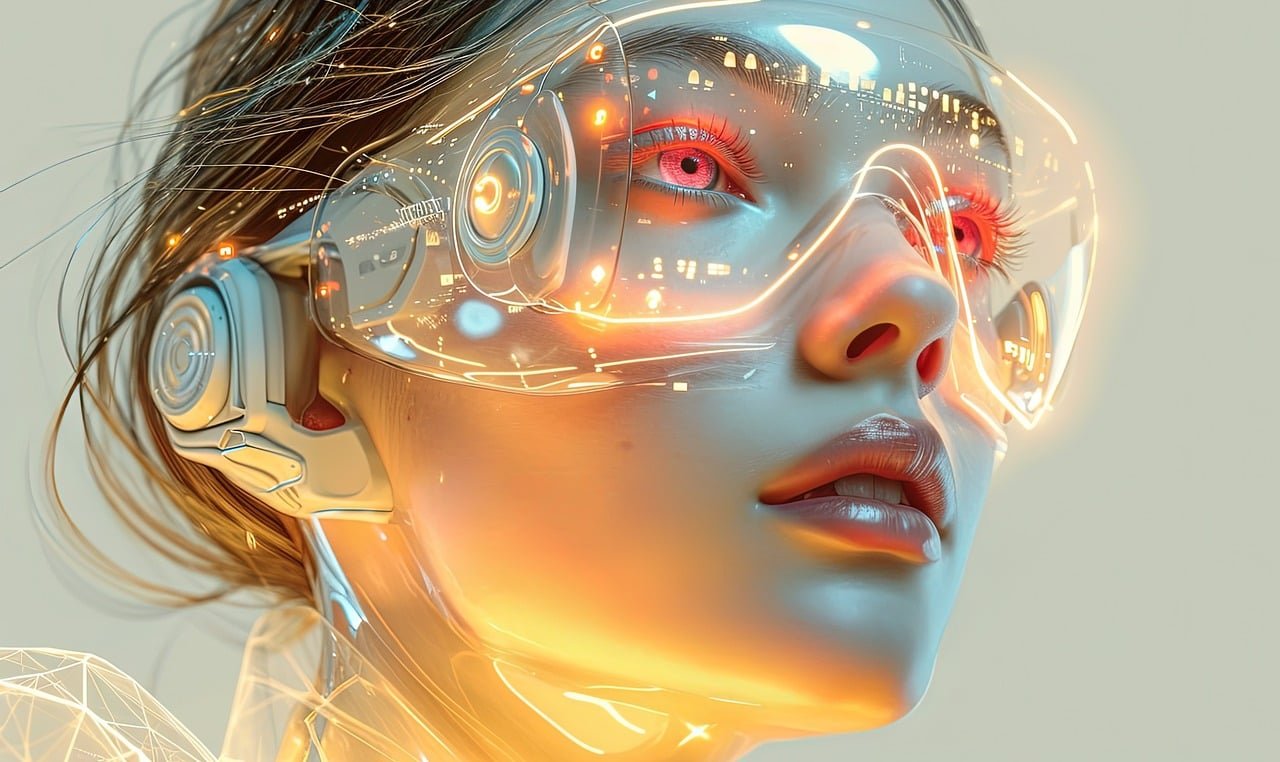Artificial intelligence (AI) has become a ubiquitous term, whispered in hushed tones about robots taking over the world and celebrated for its innovations in healthcare and technology. But what exactly is AI, and how does it work? Buckle up, because we’re about to peel back the layers and explore the fascinating world of machine intelligence.
Under the Hood of AI: Algorithms, Data, and Processing Power
At its core, AI is about creating intelligent machines that can mimic human cognitive functions like learning, problem-solving, and decision-making. However, AI doesn’t achieve sentience or consciousness. Instead, it relies on three key ingredients:
- Algorithms: These are essentially sets of instructions that tell the computer how to process information and make decisions. Machine learning, a subset of AI, uses algorithms that can learn and improve on their own based on the data they’re fed.
- Data: AI is all about data. The more data an AI system has access to, the better it can learn and perform its task. This data can be anything from text and images to audio and sensor readings.
- Processing Power: Running complex AI algorithms requires significant computing power. This is where advancements in hardware like graphics processing units (GPUs) have been instrumental in the rise of AI.
The AI Process: From Learning to Action
So how does it all come together? Here’s a simplified breakdown of the AI process:
- Data Acquisition: The AI system is fed a massive amount of data relevant to the task at hand. This could be millions of images for facial recognition software or years of financial data for stock market predictions.
- Learning and Training: The AI system uses algorithms to analyze the data, identify patterns, and learn from it. Machine learning algorithms can even adjust their own parameters over time, becoming more accurate with each iteration.
- Making Predictions or Decisions: Once trained, the AI system can use its learned knowledge to make predictions or decisions on new, unseen data. For example, a facial recognition system might analyze a live video feed and identify individuals based on its training data.
The Bright Side of AI: Benefits Galore
AI holds immense potential to revolutionize various aspects of our lives. Here are some key benefits:
- Efficiency and Automation: AI can automate repetitive tasks, freeing up human time and resources for more complex work.
- Improved Decision-Making: AI can analyze vast amounts of data to identify patterns and trends that humans might miss, leading to better decision-making in fields like finance and healthcare.
- Scientific Discoveries: AI can analyze complex scientific data, accelerating research and development in various fields.
- Personalized Experiences: AI can be used to personalize user experiences on everything from e-commerce platforms to streaming services.
The Shadow Side of AI: Challenges to Consider
Despite its potential, AI also comes with challenges:
- Job displacement: As AI automates tasks, some jobs might become obsolete, raising concerns about unemployment.
- Bias and Fairness: AI systems can perpetuate biases present in the data they’re trained on, leading to discriminatory outcomes.
- Ethical Considerations: Questions arise around the use of AI in autonomous weapons or facial recognition systems that infringe on privacy.
- Explainability and Transparency: Understanding how AI systems reach certain decisions can be challenging, creating a “black box” effect that can be problematic.
The Future of AI: A Collaborative Dance
The future of AI is likely to be one of collaboration between humans and machines. Humans will design, develop, and oversee AI systems, while AI will augment human capabilities and tackle complex problems.
The Road to Responsible AI
As AI continues to evolve, it’s crucial to develop responsible AI practices. This includes addressing bias in training data, ensuring transparency in decision-making algorithms, and prioritizing ethical considerations in AI development.
AI is here to stay, and understanding its workings is key to navigating its impact on our world. By harnessing its potential responsibly, we can build a future where AI empowers humanity to solve our greatest challenges.
Tags:
Demystifying the Machine Mind: A Deep Dive into Artificial Intelligence
Artificial intelligence (AI) has become a ubiquitous term, whispered in hushed tones about robots taking over the world and celebrated for its innovations in healthcare and technology. But what exactly is AI, and how does it work? Buckle up, because we’re about to peel back the layers and explore the fascinating world of machine intelligence.
Under the Hood of AI: Algorithms, Data, and Processing Power
At its core, AI is about creating intelligent machines that can mimic human cognitive functions like learning, problem-solving, and decision-making. However, AI doesn’t achieve sentience or consciousness. Instead, it relies on three key ingredients:
- Algorithms: These are essentially sets of instructions that tell the computer how to process information and make decisions. Machine learning, a subset of AI, uses algorithms that can learn and improve on their own based on the data they’re fed.
- Data: AI is all about data. The more data an AI system has access to, the better it can learn and perform its task. This data can be anything from text and images to audio and sensor readings.
- Processing Power: Running complex AI algorithms requires significant computing power. This is where advancements in hardware like graphics processing units (GPUs) have been instrumental in the rise of AI.
The AI Process: From Learning to Action
So how does it all come together? Here’s a simplified breakdown of the AI process:
- Data Acquisition: The AI system is fed a massive amount of data relevant to the task at hand. This could be millions of images for facial recognition software or years of financial data for stock market predictions.
- Learning and Training: The AI system uses algorithms to analyze the data, identify patterns, and learn from it. Machine learning algorithms can even adjust their own parameters over time, becoming more accurate with each iteration.
- Making Predictions or Decisions: Once trained, the AI system can use its learned knowledge to make predictions or decisions on new, unseen data. For example, a facial recognition system might analyze a live video feed and identify individuals based on its training data.
The Bright Side of AI: Benefits Galore
AI holds immense potential to revolutionize various aspects of our lives. Here are some key benefits:
- Efficiency and Automation: AI can automate repetitive tasks, freeing up human time and resources for more complex work.
- Improved Decision-Making: AI can analyze vast amounts of data to identify patterns and trends that humans might miss, leading to better decision-making in fields like finance and healthcare.
- Scientific Discoveries: AI can analyze complex scientific data, accelerating research and development in various fields.
- Personalized Experiences: AI can be used to personalize user experiences on everything from e-commerce platforms to streaming services.
The Shadow Side of AI: Challenges to Consider
Despite its potential, AI also comes with challenges:
- Job displacement: As AI automates tasks, some jobs might become obsolete, raising concerns about unemployment.
- Bias and Fairness: AI systems can perpetuate biases present in the data they’re trained on, leading to discriminatory outcomes.
- Ethical Considerations: Questions arise around the use of AI in autonomous weapons or facial recognition systems that infringe on privacy.
- Explainability and Transparency: Understanding how AI systems reach certain decisions can be challenging, creating a “black box” effect that can be problematic.
The Future of AI: A Collaborative Dance
The future of AI is likely to be one of collaboration between humans and machines. Humans will design, develop, and oversee AI systems, while AI will augment human capabilities and tackle complex problems.
The Road to Responsible AI
As AI continues to evolve, it’s crucial to develop responsible AI practices. This includes addressing bias in training data, ensuring transparency in decision-making algorithms, and prioritizing ethical considerations in AI development.
AI is here to stay, and understanding its workings is key to navigating its impact on our world. By harnessing its potential responsibly, we can build a future where AI empowers humanity to solve our greatest challenges.



